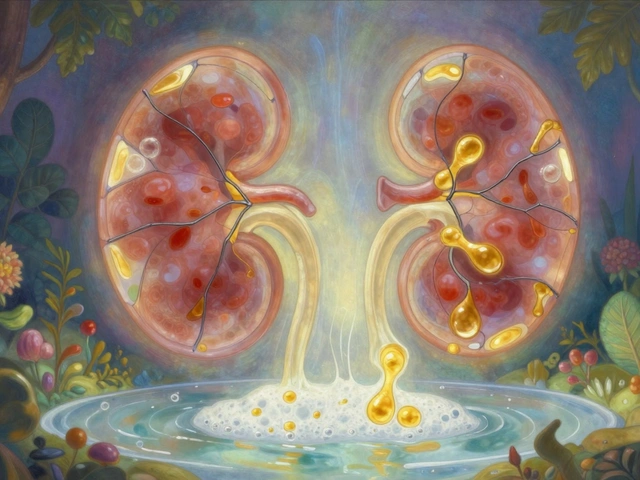Laser treatments: what they fix, how they work, and how to pick one
Laser treatments can clear acne scars, remove unwanted hair, smooth wrinkles, and fade dark spots. But not every laser fits every problem. Knowing the basic types, likely side effects, and what to ask a provider helps you get safe results without surprises.
First, the basics: there are ablative lasers that remove skin layers (think CO2 and erbium) and non-ablative lasers that heat deeper tissue without open wounds (like fractional non-ablative or Nd:YAG). For hair removal you’ll most often see diode, alexandrite, or Nd:YAG devices. Tattoo removal and vascular lesions use specialized wavelengths. IPL shows up in clinics too, but it’s technically a broad-spectrum light rather than a laser.
What each type treats best: ablative resurfacing gives dramatic improvement for deep wrinkles and heavy scarring but needs downtime. Non-ablative treatments need multiple sessions and offer gentler, gradual improvement. Hair lasers work by targeting pigment in the hair follicle—darker hair and lighter skin get the best results, though modern Nd:YAG does better on darker skin tones.
Expect side effects. Short-term redness, swelling, and crusting are common. Bigger risks include pigment changes (darker or lighter spots), scarring, infection, and prolonged sensitivity to sun. People on isotretinoin or with active skin infections should delay treatment. Darker skin tones require an experienced operator to minimize pigment risks.
Recovery, aftercare, and real-world tips
Downtime varies: non-ablative sessions often have minimal downtime—redness for a day or two. Ablative resurfacing can mean a week or more of peeling and strict aftercare. Apply gentle moisturizers, avoid picking scabs, and wear high-SPF sunscreen daily for months. Stop retinoids and exfoliants before treatment as your provider instructs. If you get a chemical peel, laser, or intense IPL, plan social and work commitments around the expected healing time.
Costs can range widely: a laser hair session might be $100–$500; fractional non-ablative resurfacing $300–$1,200 per session; full-field CO2 resurfacing can run $1,000–$3,000 or more. Most people need several sessions for best results.
How to choose a provider and what to ask
Pick a board-certified dermatologist or a plastic surgeon with laser experience. Ask which exact device they use and why it fits your skin tone and concerns. Ask to see before-and-after photos of patients with skin like yours. Request a patch test, especially if you have darker skin or a history of pigment changes.
Bring a list of medications and recent skincare (especially isotretinoin use). Ask about expected number of sessions, downtime, pain control (numbing or cooling), and clear before/after instructions. If the clinic pushes one-size-fits-all pricing or avoids discussing risks, look elsewhere.
Laser treatments work, but results depend on choosing the right device, an experienced provider, and following aftercare. If you’re unsure, schedule a consultation, bring questions, and ask for a realistic plan rather than a quick sale.

Unlocking Youth: The Benefits of Laser Treatments for Wrinkle Reduction and Skin Tightening
Explore how laser treatments for wrinkle reduction and skin tightening have become an effective and popular method to combat aging. Learn about the science behind these treatments, the benefits they offer, and tips on what to expect during and after the procedures. Discover how you can enhance your skin's appearance using advanced technologies.
Read More




